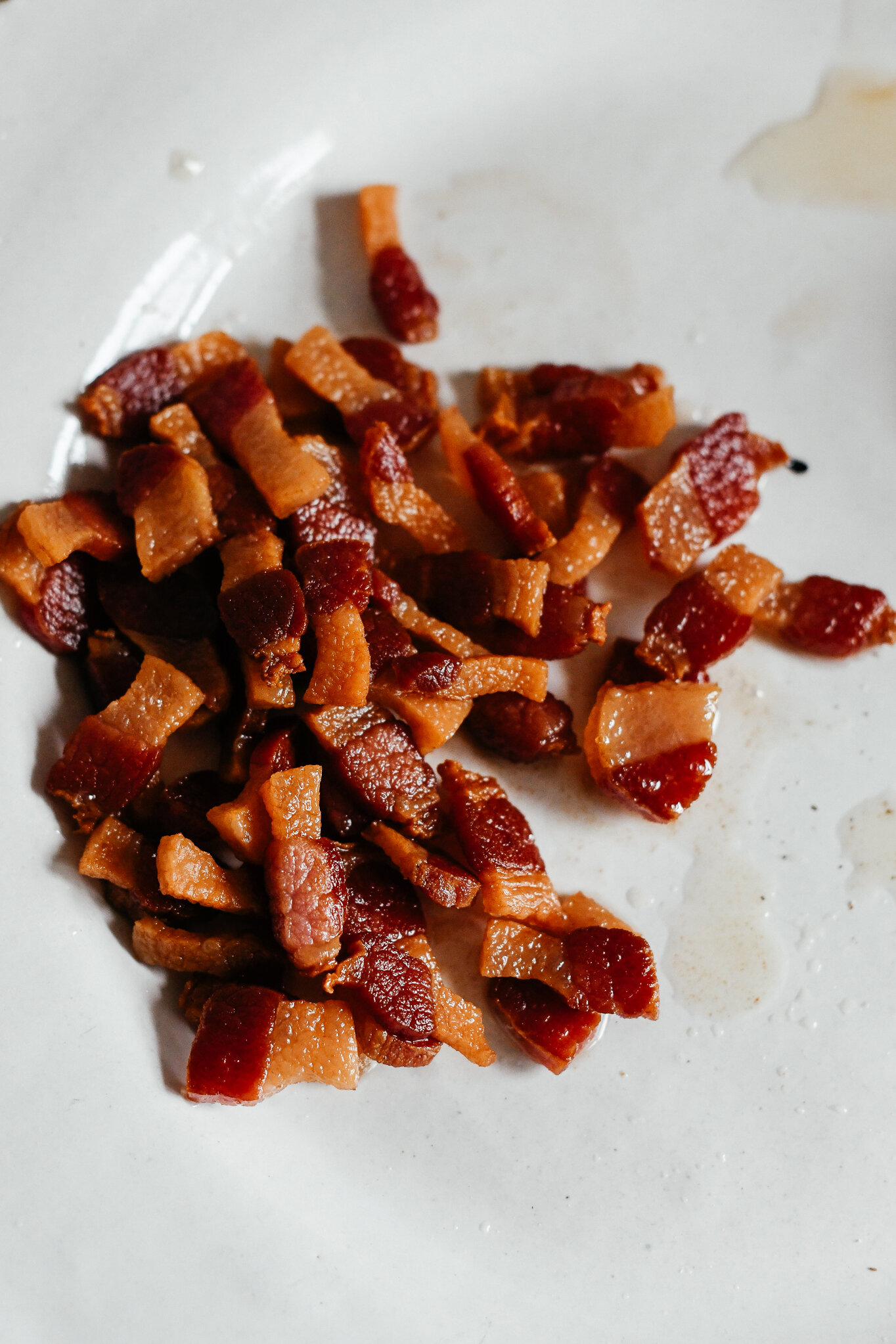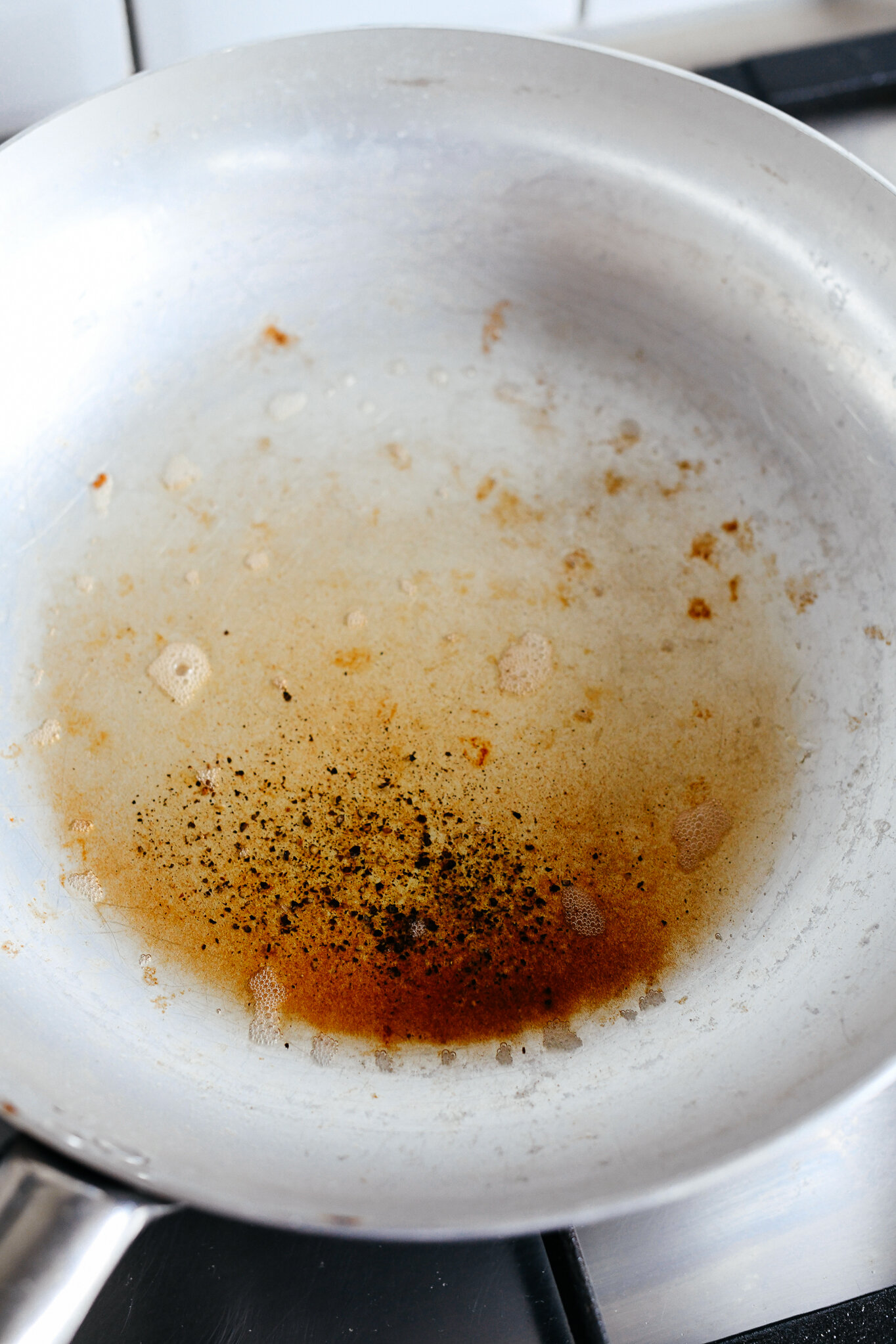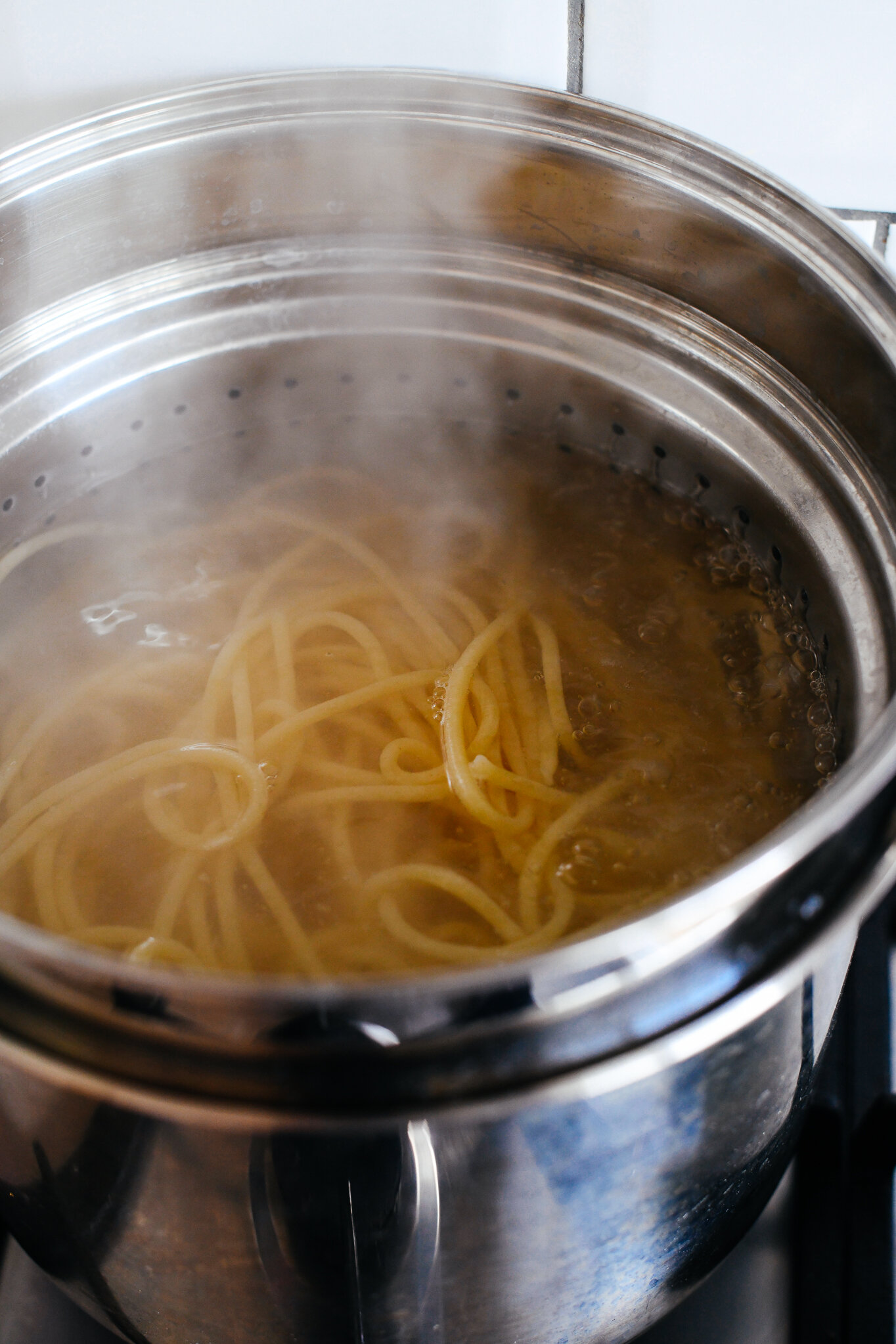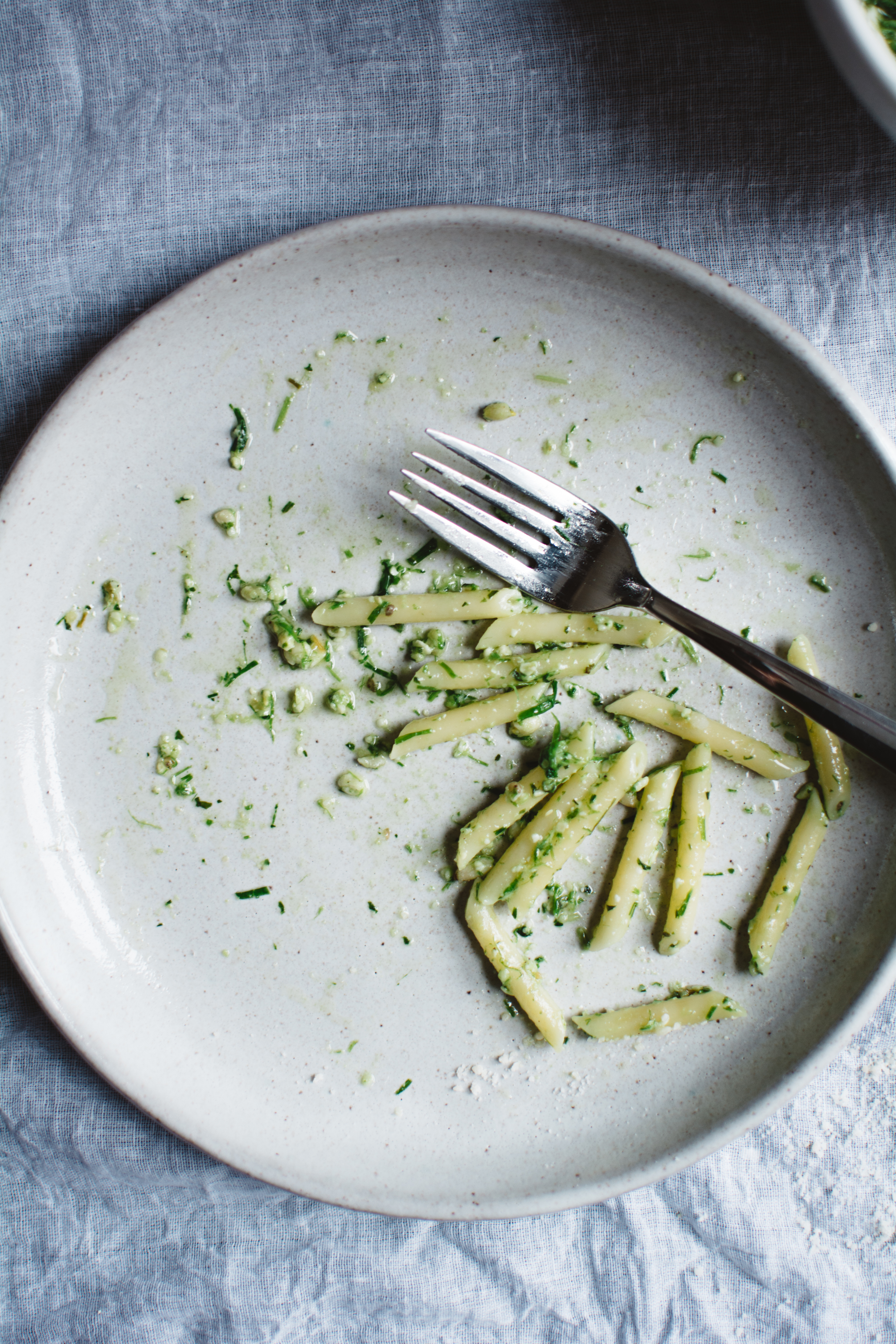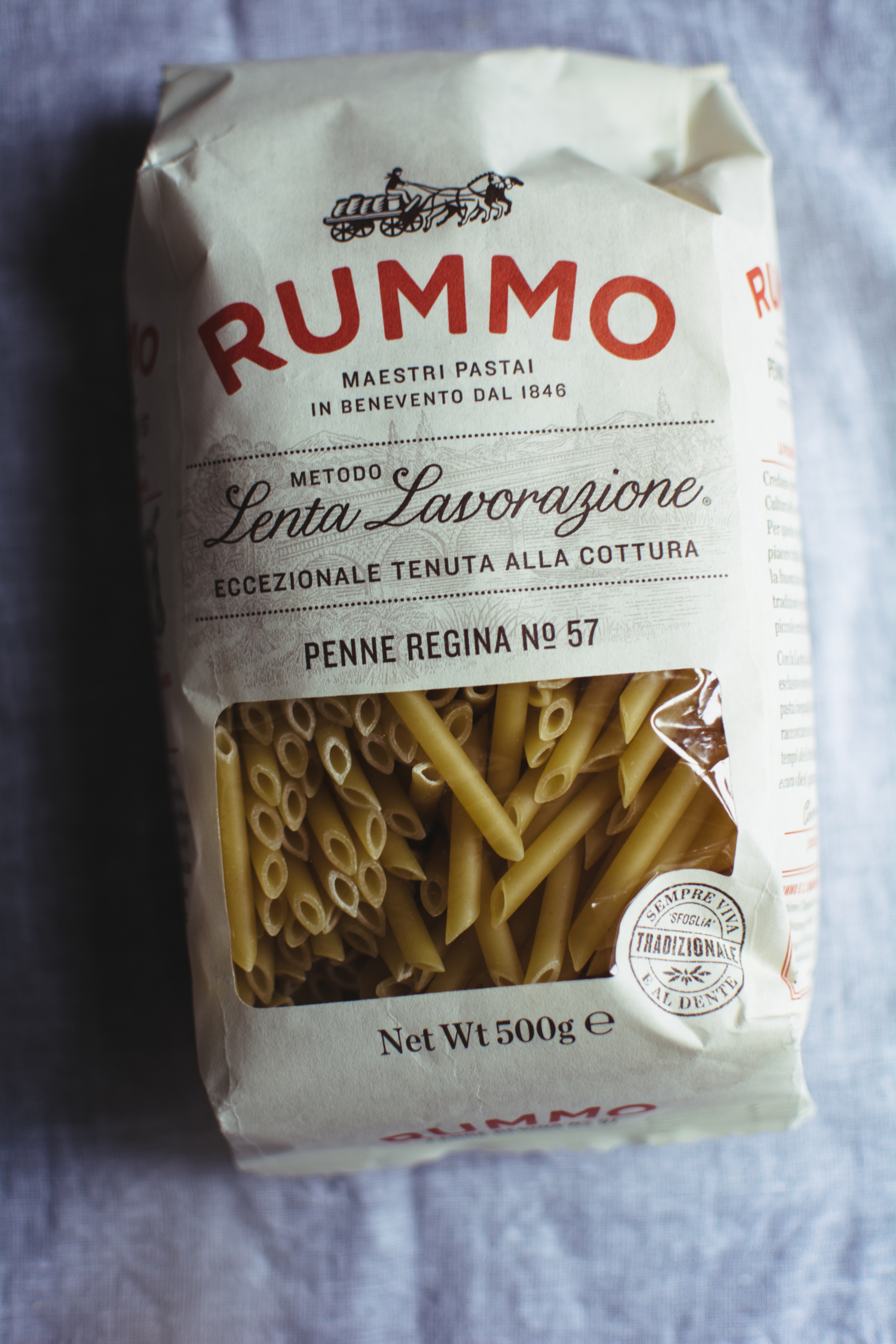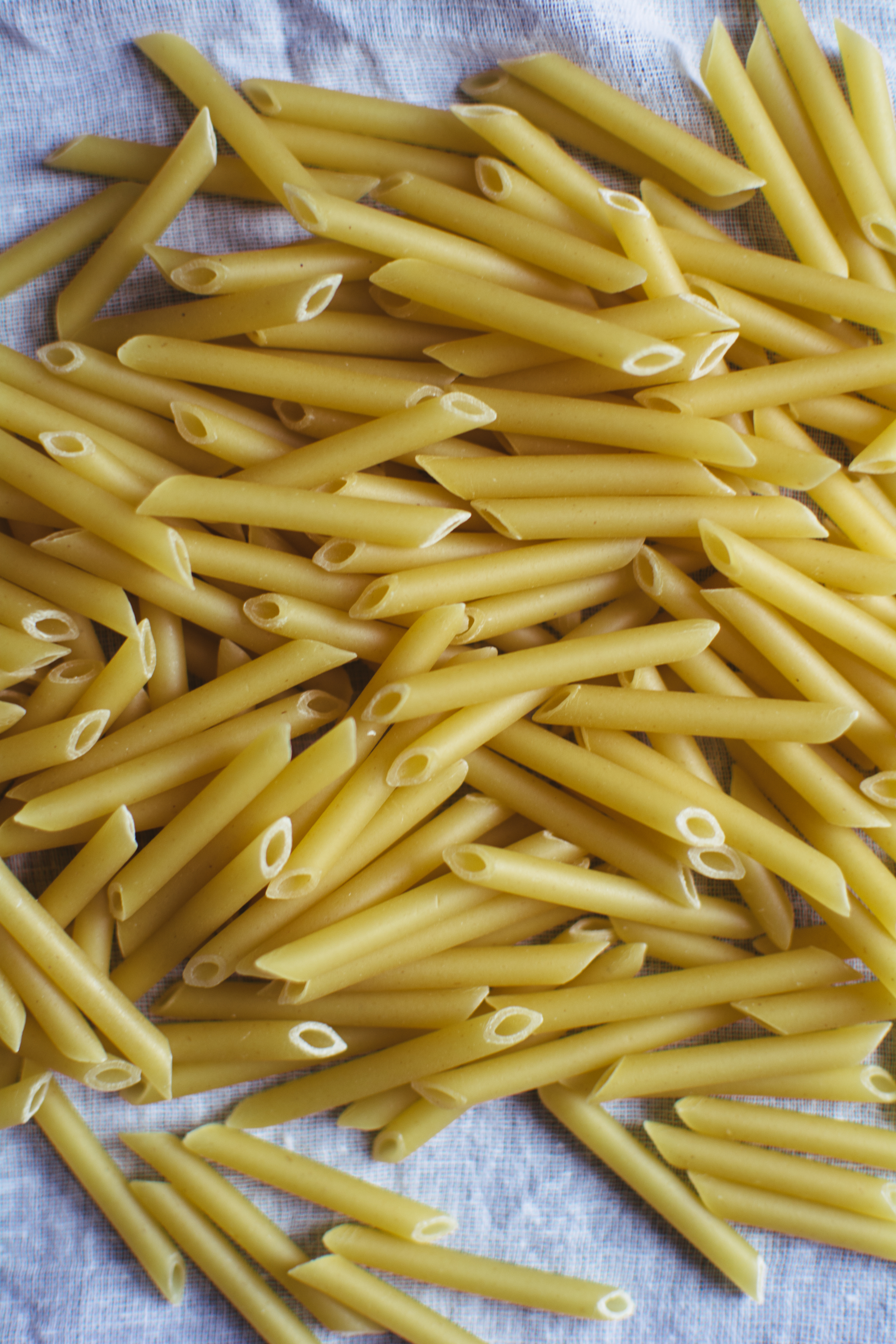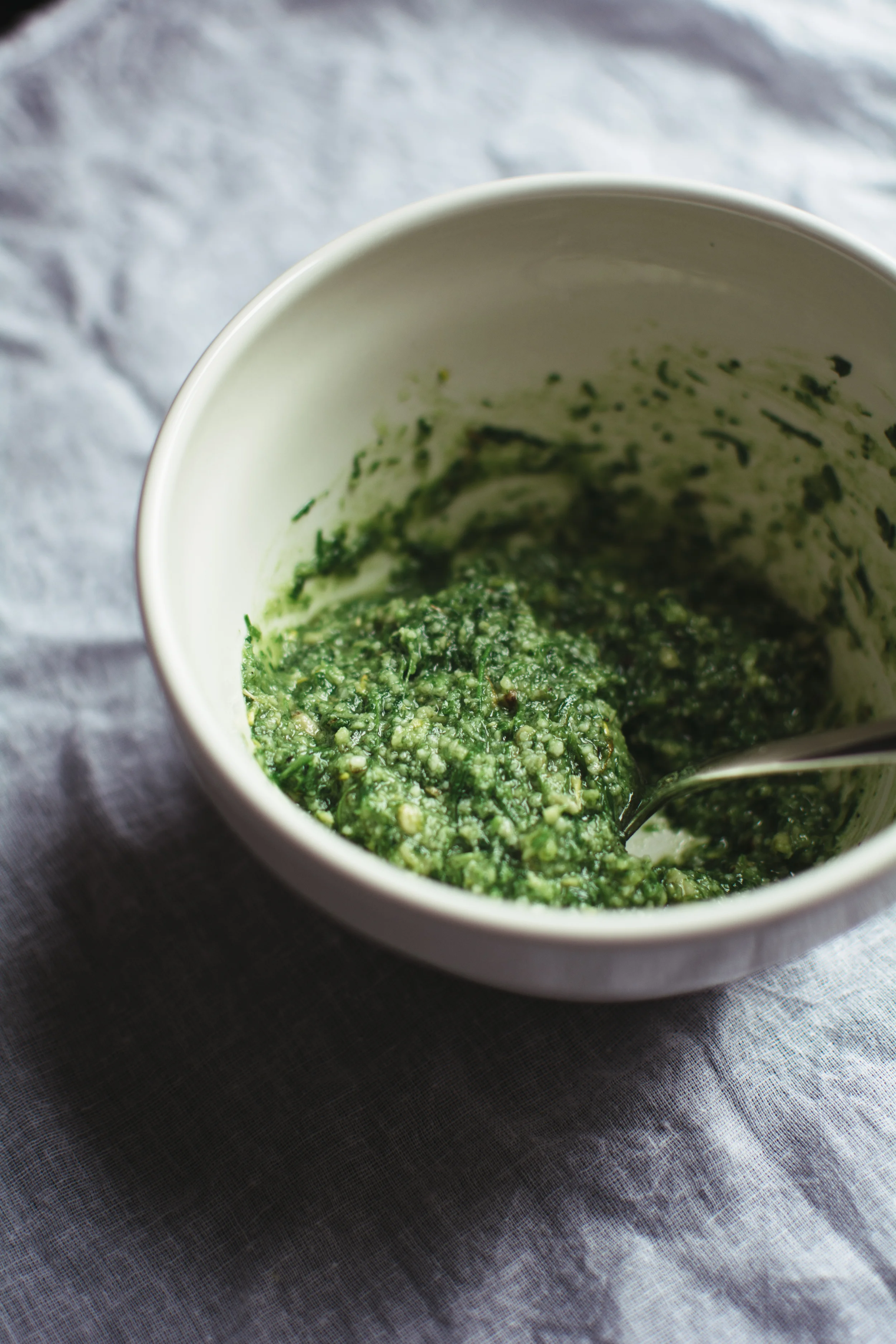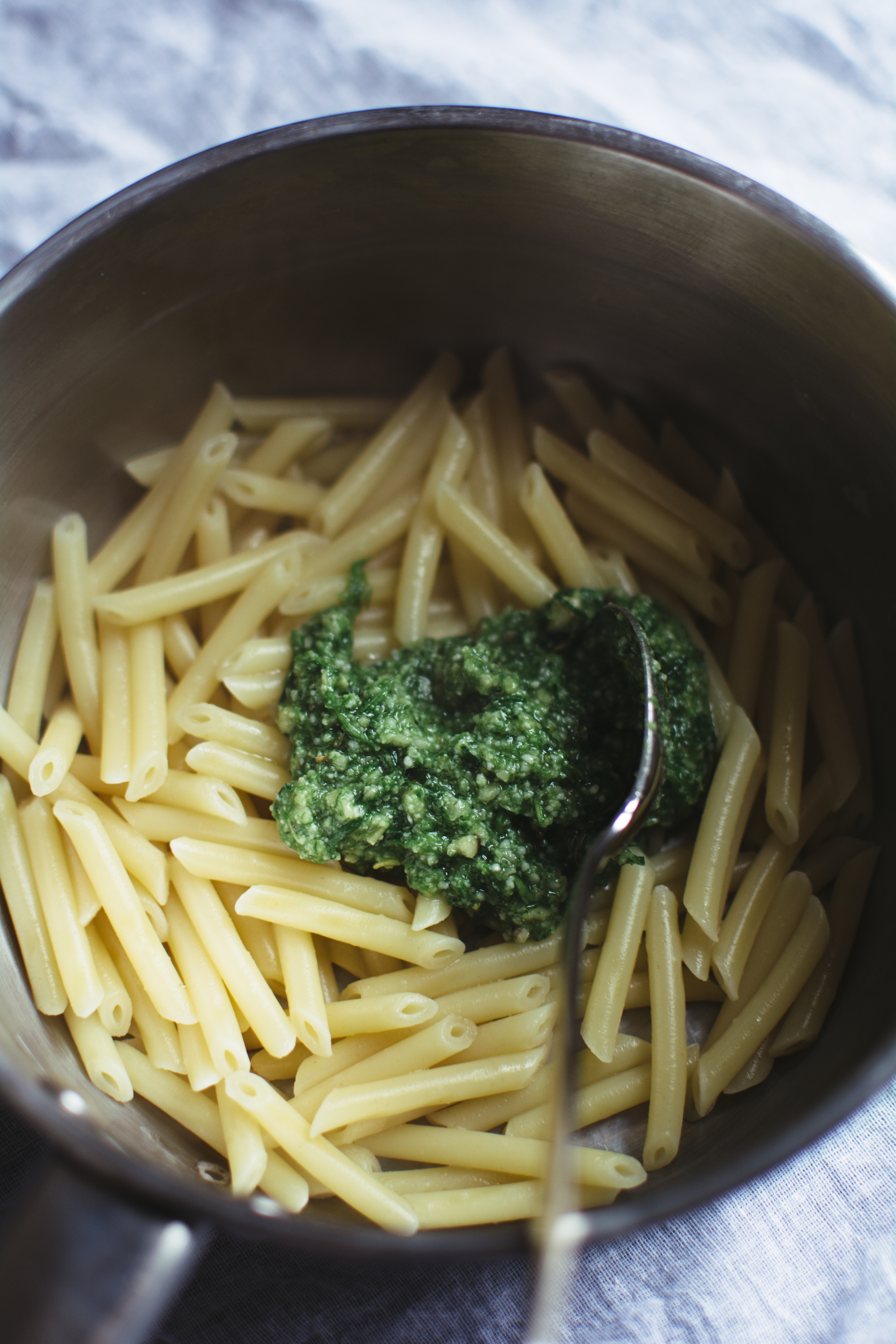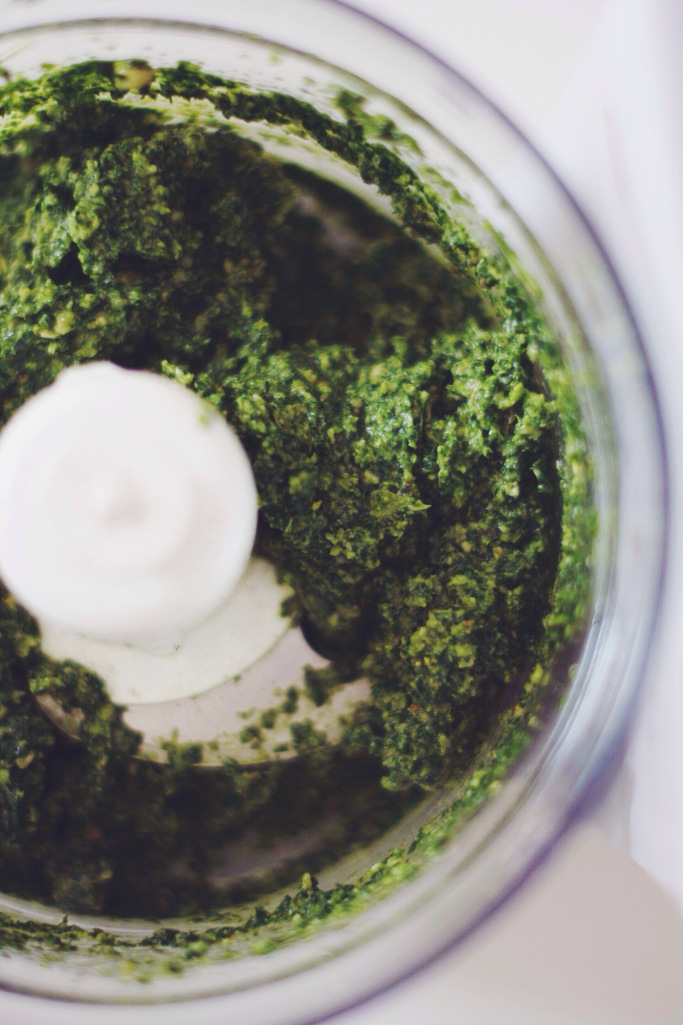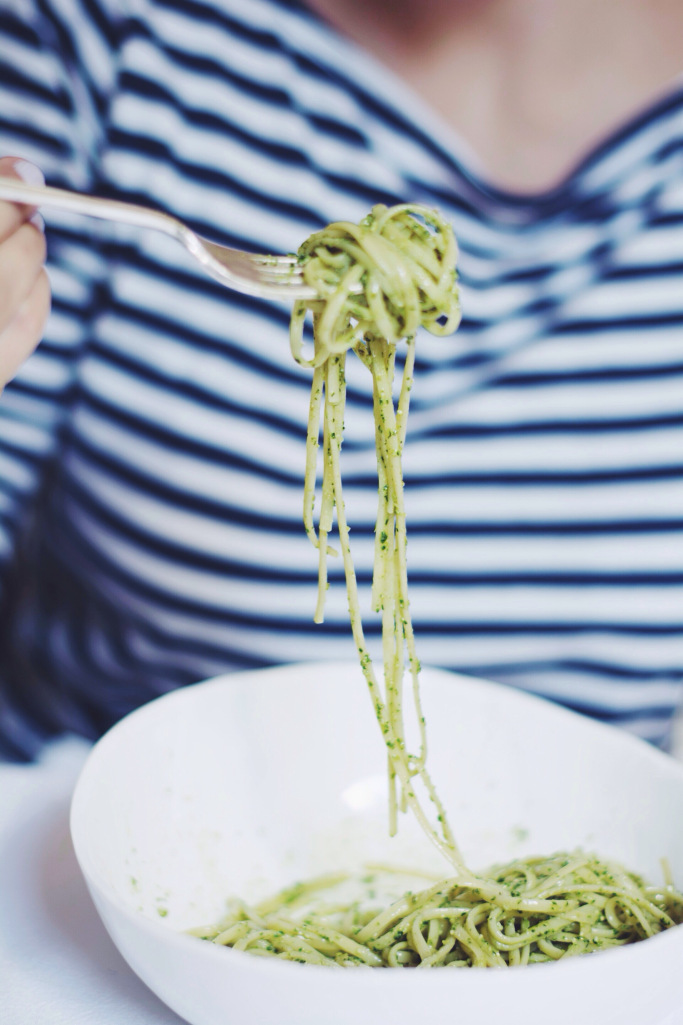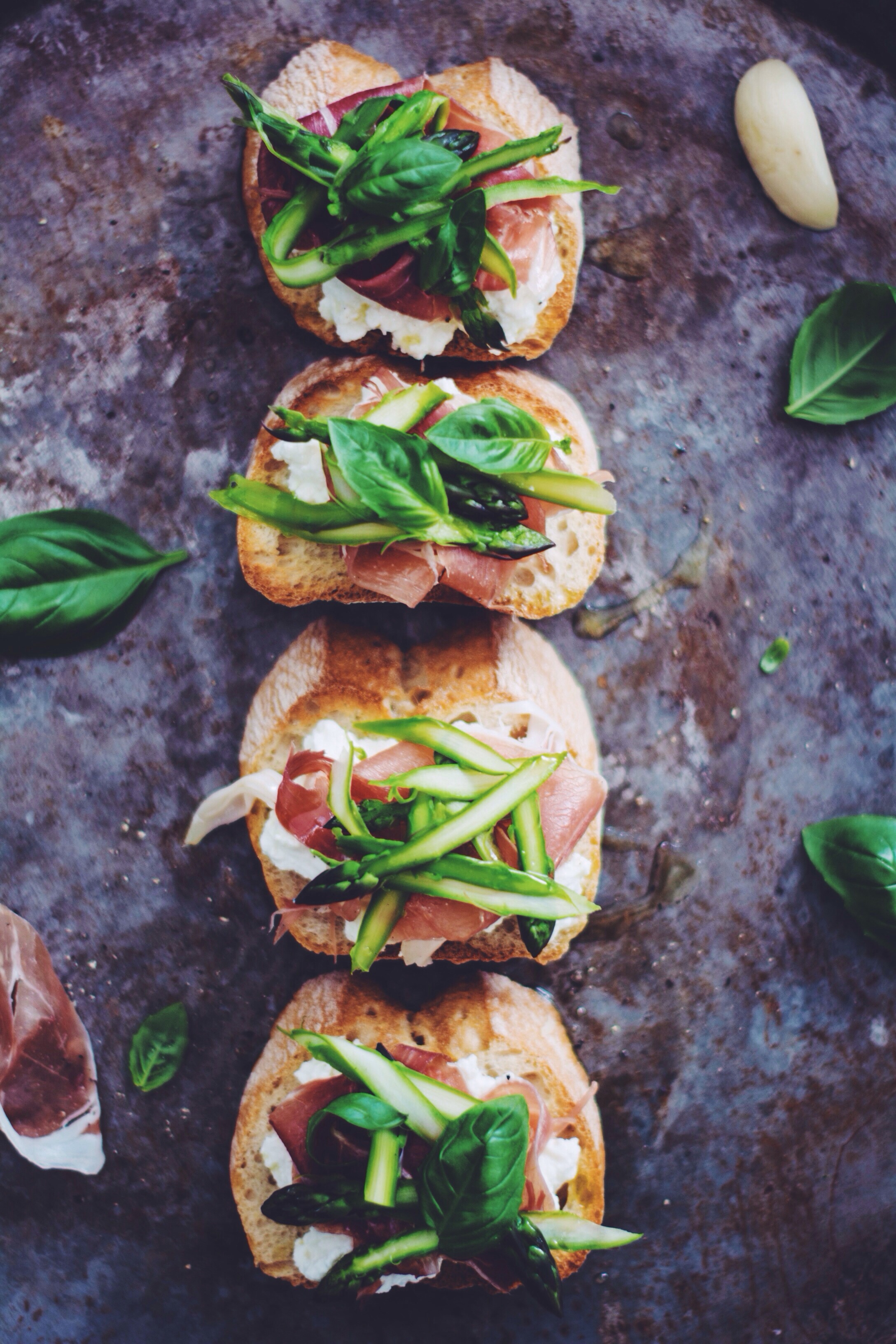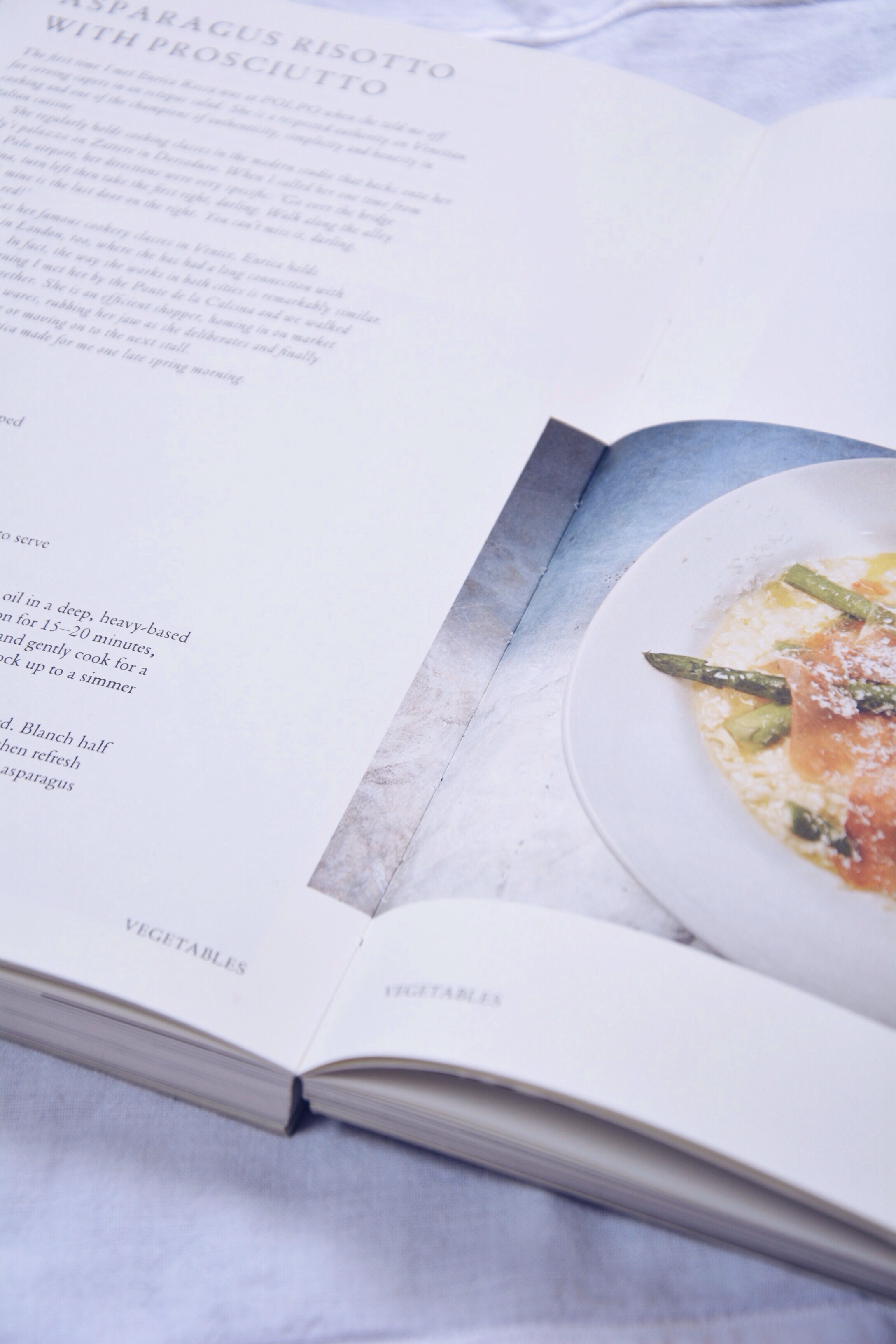For anyone that has known me for even a small amount of time, they will know that carbonara is my death row dish. Salty, creamy, cheesy, carby goodness. You could say I am fanatic about carbonara. Which is why I have been heavily testing this recipe for the better part of 12 months.
There are some incredibly strong opinions on carbonara: ingredients, how to make it, the type of pasta etc etc. I could go on but honestly the longer I spend writing this the longer it will take for me to publish the actual recipe so I will cut it short and just note that you only need four - yes, four - ingredients to make a proper carbonara and no, none of them are cream.
Guanciale, eggs, Pecorino Romano, black pepper.
The key to creaminess is utilising the magic that is pasta water. Trust the process and trust your judgement. Although there are only a few ingredients, this is a somewhat technical dish, but an easy one once you’ve tried it.
Spaghetti Carbonara
Serves 2, generously
If you’ve not tackled a carbonara before, I recommend you read through the recipe thoroughly and the cook‘s notes before starting.
Ingredients
300g pasta - spaghettoni is often the pasta of choice for carbonara, but spaghetti, bucatini or rigatoni will suffice
100g guanciale
2 whole eggs and 3 egg yolks
150g Pecorino Romano - very finely grated
Lots of ground black pepper - quantities will be divulged in the method notes
Method
Cut the hard skin off the guanciale, slice it lengthways into 1cm strips and then cut into 1 cm pieces.
Bring a large pot of salted water to boil for your pasta.
In a separate pan start to fry off the guanciale on a gentle heat - no need to add any oil as its fat will melt.
Meanwhile in a bowl add your eggs (whole and yolks) and beat well. Stir through the grated pecorino and a really decent amount of freshly cracked black pepper (about 1 heaped tbsp). Set aside.
When the guanciale is nice and crisp, turn off the heat and using a slotted spoon remove the guanciale from the pan and onto a plate - reserve the fat in the pan, and add another good crack of black pepper (1/2 tbsp).
Add the pasta to your boiling water and cook for approx a minute under packet instructions (just before it’s al dente).
Add the pasta directly to the pan with the guanciale fat (reserving the pasta water) and add a half ladle (roughly 45ml) of the water with it. Turn the heat back on the lowest flame, and allow the pasta to continue to gently cook, giving it a toss in the guanciale fat and pepper.
THIS IS WHERE IT GETS INTERESTING! You will need to move relatively quickly.
Add a ladle (roughly 90ml) of the pasta water to the egg mixture and stir well until the pecorino and egg mix is nice and smooth and quite liquid, like pouring cream.
Take the pan with the pasta/guanciale off the heat, pour in the egg mix and stir, toss and mix continuously until it starts to thicken, similar to a béchamel sauce. If you feel it’s still a little too liquid after a minute or so, put the heat back on the lowest possible flame and keep stirring/moving constantly until you’ve worked the egg mixture into a beautiful crema. It’s important to keep the sauce moving constantly.
Stir through the reserved guanciale before serving.
Serve immediately!! With extra black pepper and a dusting of pecorino.
Notes and troubleshooting
Guanciale is a cured meat made from pork jowl/cheeks. If you can’t get hold of any, substitute it for pancetta. However if you can find it at a local deli, it’s worth it.
Finely grating the cheese helps it melt deliciously smoothly with the eggs and avoids any stringy, melted cheese bits in your sauce. I used the finest, powder grade on a box grater.
Adding pasta water to the eggs before adding to the pan will essentially do the job of tempering and help you avoid a scrambled egg situation. I find this step is essential in carbonara making territory. Think of it as preparing your eggs for the heat of the pan, so they’re not “shocked” when added - effectively this helps stabilise them.
Carbonara is similar to an emulsion, where we’re combining water with fat and agitating it to form a stable sauce. And while there are a few different methods for bringing a carbonara sauce together, this is the most forgiving in my humble opinion. I prefer to add a bit more water to the eggs to create a loose cream-like consistency, before adding to the pasta, then coaxing it into a luscious crema. You can always thicken a sauce, but you can’t fix a scrambled one. This process is similar to thickening a custard or béchamel sauce, just to give you a visual.
Make sure you keep extra pasta water on hand to lend itself to the sauce as needed, if you find it’s too thick and need to loosen it.
Carbonara is best served immediately as the sauce will continue to thicken as it cools. If you are planning to serve this family style, I recommend taking it off the heat while it’s still just a touch too thin, so you don’t have a coagulated sauce when serving at the table.





